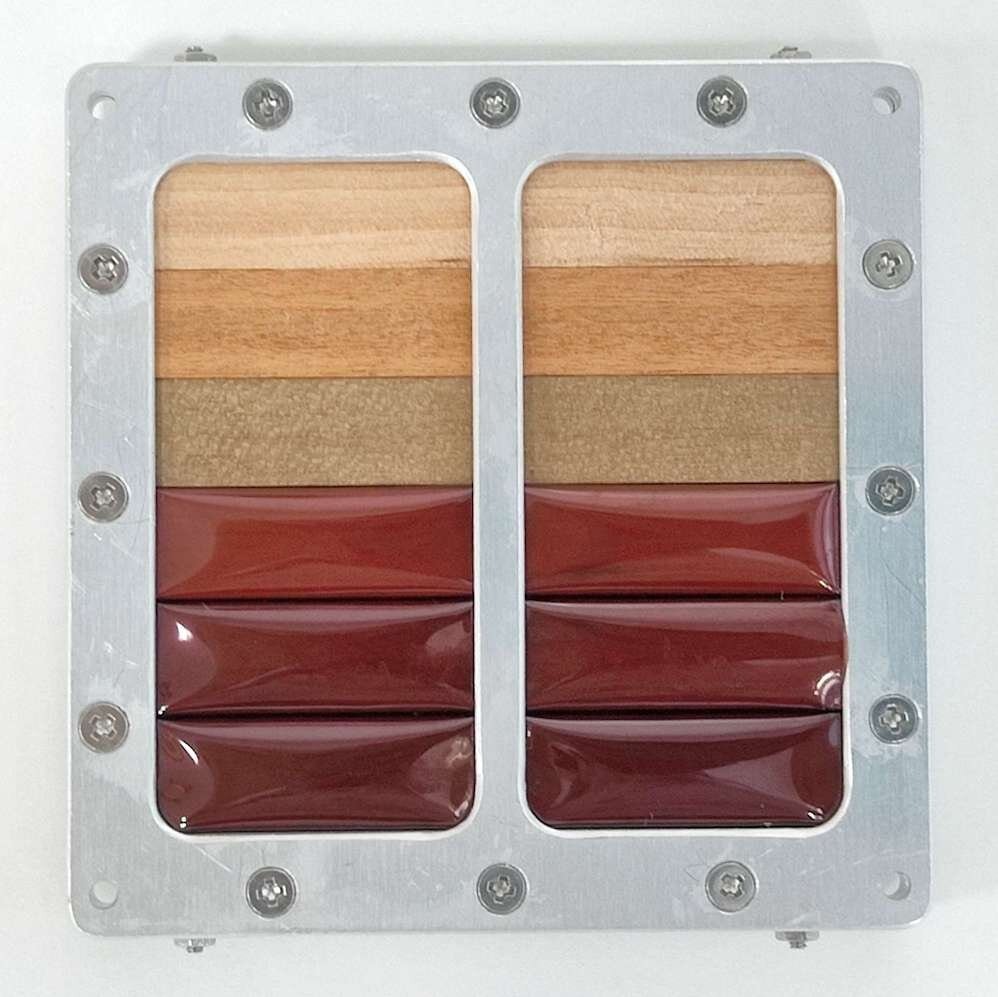
Typically when you think of a satellite, you think of a metal box with electronic components inside it. But that is simply because most satellites have been made that way throughout history. There is nothing against using other materials to build satellites. Now, a team of researchers from Japan has completed testing on another type of material that could eventually be used on an actual satellite — magnolia wood.
The project, known as LignoSat, is based on the simple idea that wood can be used as a housing material. In some ways, it is superior to metal for space applications due to its flexibility, strength, and relatively light weight.

Another problem it is trying to alleviate is one specific to metal enclosures for satellites. When a typical satellite reenters the atmosphere and begins to burn up, parts of its shell, typically aluminum, can flake off its main body and become trapped in its own orbit without fully burning up in the atmosphere.
These orbital shavings can contribute to the ever-growing problem of space debris and could be eliminated by using a different type of material for a satellite’s housing — such as wood.
However, no one had tested how the wood would do in such an unforgiving environment as the vacuum of space. Given that it was once part of a living creature, there’s a good chance there would be some negative impacts.
So the LignoSat researchers did what good researchers do — they launched an experiment on the ISS. For 290 days last year, various pieces of test wood sat outside the Kibo Experimental Module on the ISS. It returned to Earth on the CRS-26 resupply mission’s return back in January.
After the samples returned to Earth, LignoSat researchers at the Kyoto University and Sumitomo Forestry, part of a large Japanese conglomerate, subjected them to a barrage of material tests. Despite being constantly subjected to radiation for more than half a year, there seemed to be no significant deformation, peeling, or surface damage on any of the samples. Also, there had been no substantial change in the mass of the samples, showing that they can provide longer-term protection for any satellite innards they are housing.

One particular wood sample stood out, but that was more due to its inherent properties rather than any particular outperformance on the in-space tests. The wood the team selected was magnolia, which is relatively flexible yet provides sufficient support strength. Also known as Hoonoki in Japanese, it is the type of wood that will make up the housing for LignoSat when it launches on a joint NASA / JAXA mission in 2024.
In the meantime, the researchers will continue to study the samples that have returned from the ISS, including taking a look with more powerful instruments at any degradation that might have occurred at the nano-level. That could be particularly interesting given its impact on selecting the right wood for certain applications back here on Earth. Either way, this is only the first step in what could potentially be a game-changing materials journey for the future of small satellites.
This article was originally published on Universe Today by Andy Tomaswick. Read the original article here.







